 Today marks nine full years that I’ve been hosting and authoring the Space Elevator Blog and I’m going to call it quits, at least for the time being. I have several other projects on my plate and I’m not getting any younger…
Today marks nine full years that I’ve been hosting and authoring the Space Elevator Blog and I’m going to call it quits, at least for the time being. I have several other projects on my plate and I’m not getting any younger…
Being a part of the effort to promote the idea of a space elevator over the past nine years has been fun and interesting and full of highlights with my being a part of the Space Elevator Games topping the list. This competition was held over several years and in several venues and was a joy to participate in. Spending several days at the NASA Dryden Flight Research Center (now known as the Armstrong Flight Research Center) with NASA personnel and all the contestants for the 2009 Space Elevator Games was beyond awesome and I want to thank Ben Shelef, the Spaceward Foundation and, of course, NASA for allowing me to be a part of it. It was truly special. A close number two was the formation of the International Space Elevator Consortium (ISEC), an organization that I was very proud to be the president of for four years.
What is the status of an earth-based space elevator? In the most important area, tether strength, we’re still where we were nine years ago. No one has produced a tether from new materials that matches, let alone exceeds, tethers made from conventional materials and until that happens, an earth-based space elevator remains a pipe-dream. But research continues, and perhaps someday material like this will become a reality. If and when it does, then perhaps I’ll restart this blog. I still love the idea of a space elevator, but the reality is that right now (and for the foreseeable future), it’s just not possible to build one…
Two groups still continue to press forward with this idea however, the aforementioned International Space Elevator Consortium (ISEC) and the Japan Space Elevator Association (JSEA). ISEC, under the current leadership of Dr. Peter Swan, is in very capable hands. While they are not working with the materials science necessary to make a super-strong tether, they continue to investigate other areas in order to, in the very appropriate phrase from Ben Shelef, “increase our understanding of the space elevator“.
If you are interested in keeping up with developments in this arena, you can visit the ISEC web page, “Like” their Facebook page or follow them on Twitter.
So, goodbye for now and thanks for reading!

 TwistedMojo has a new episode out in the
TwistedMojo has a new episode out in the 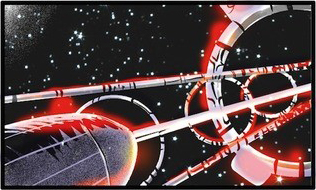
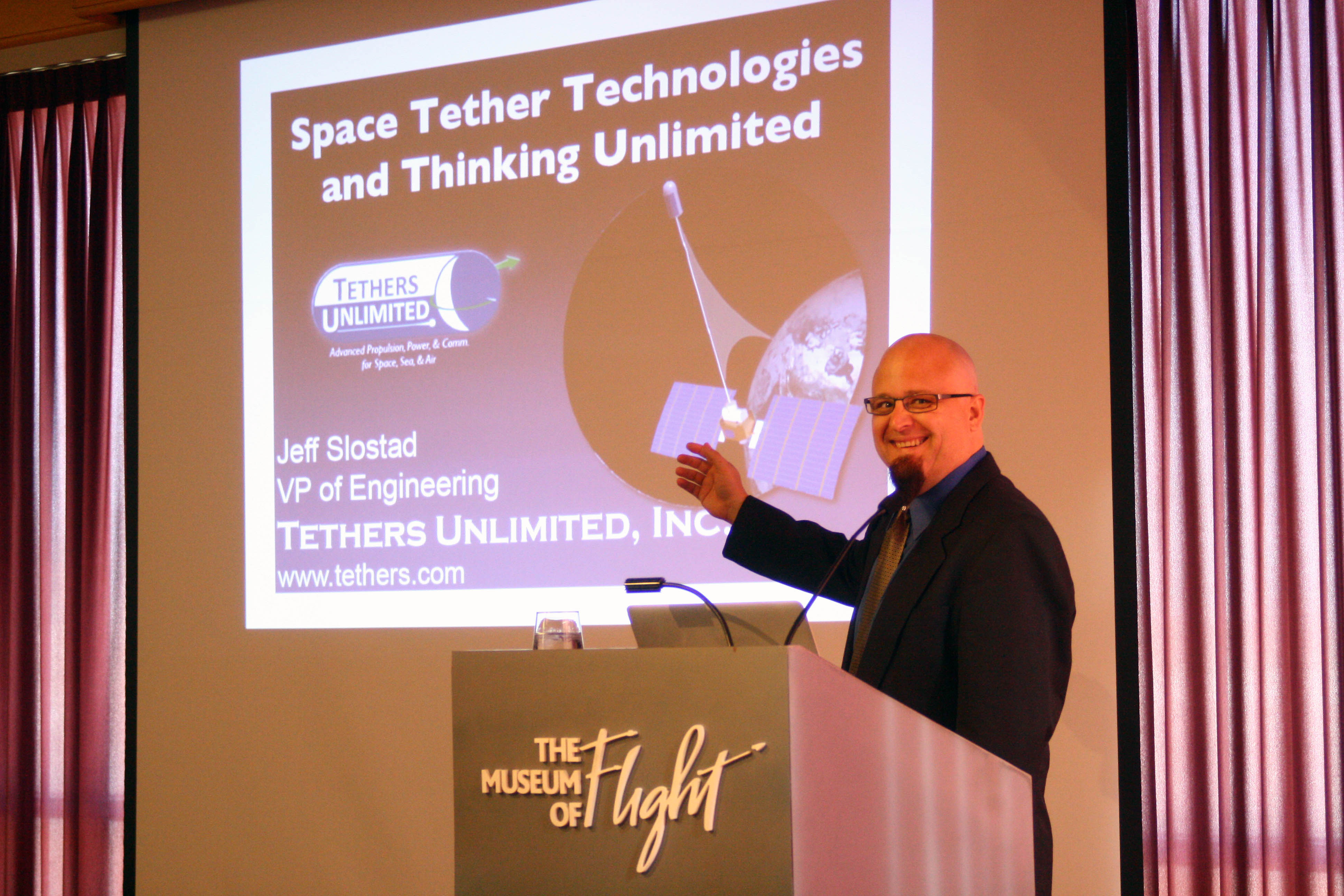
 Welcome to this edition of Weekend Walkabout. In this post, we visit
Welcome to this edition of Weekend Walkabout. In this post, we visit 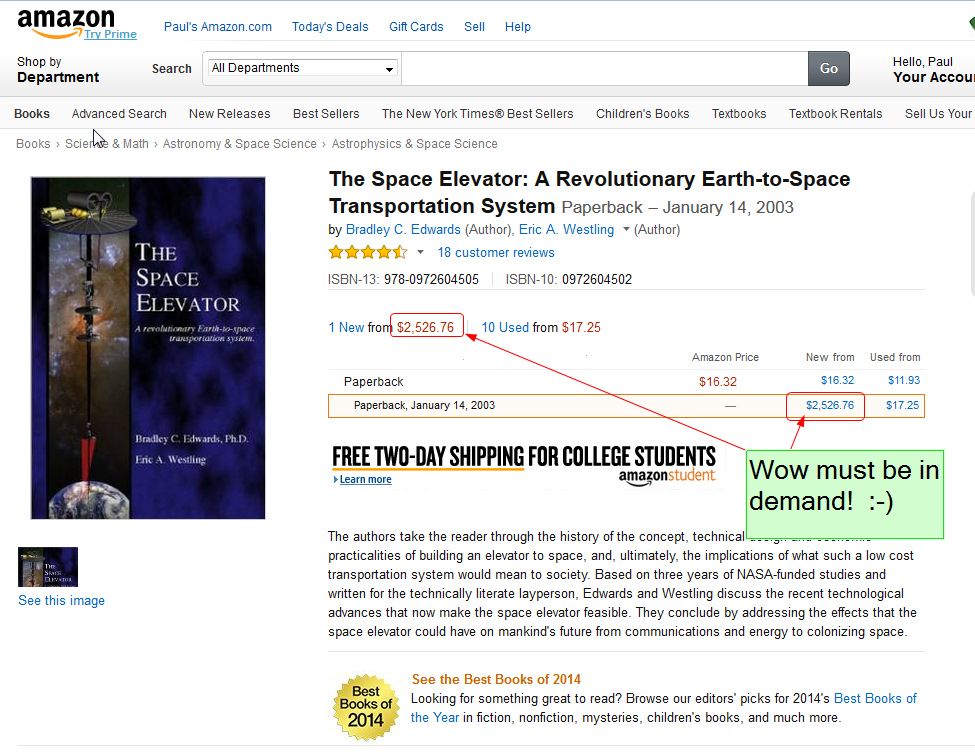

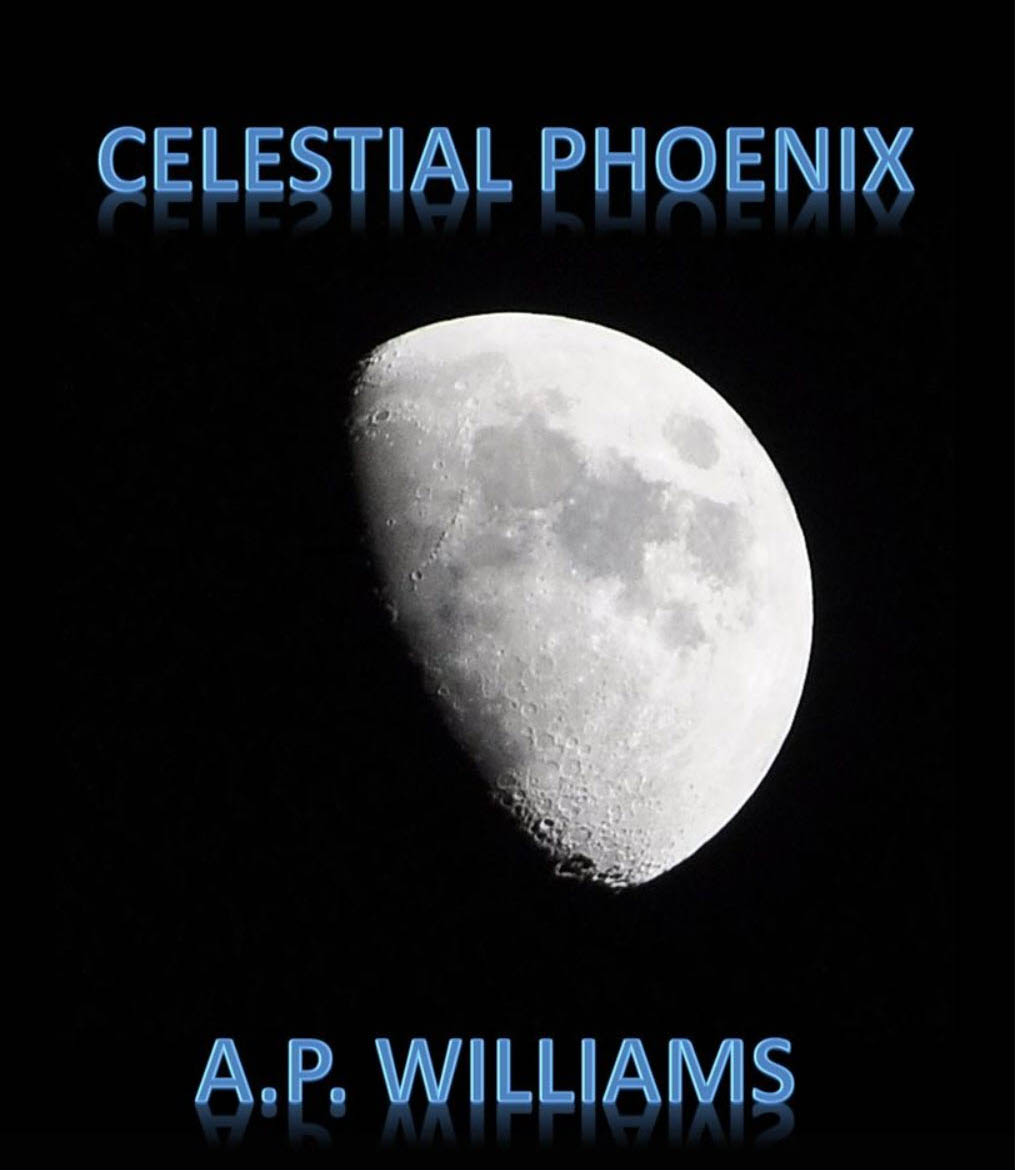
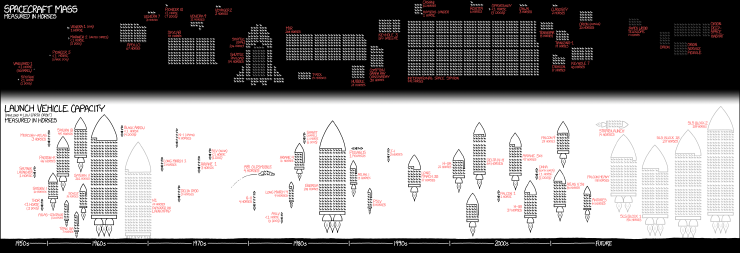
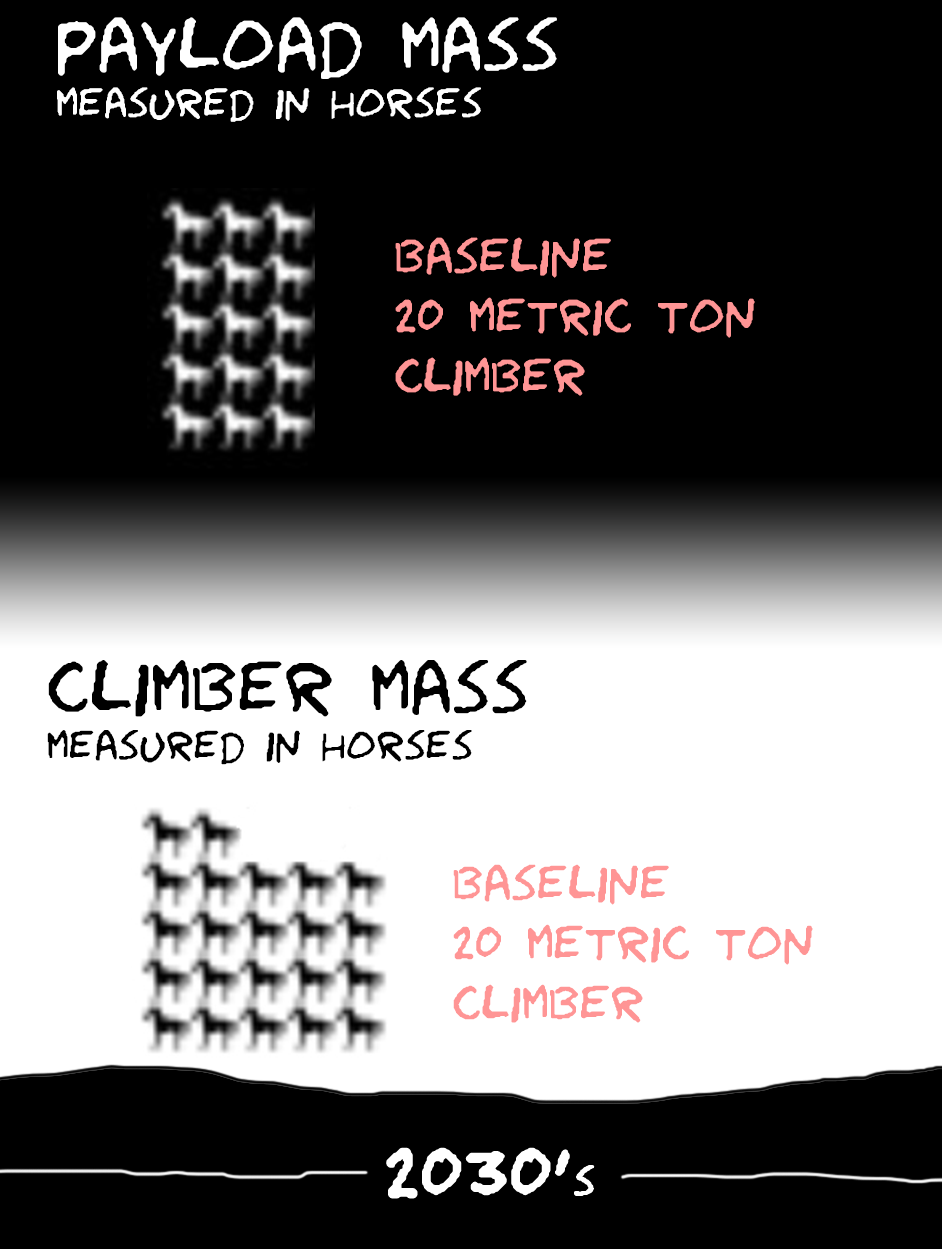

 Making the rounds over the past several days has been the BBC Future article
Making the rounds over the past several days has been the BBC Future article  The current issue, February 2015, of the ISEC eNewsletter is now available – you can access it
The current issue, February 2015, of the ISEC eNewsletter is now available – you can access it  Just a reminder that this is the last week for the 2015 ISEC membership drive!
Just a reminder that this is the last week for the 2015 ISEC membership drive! n/seattle
n/seattle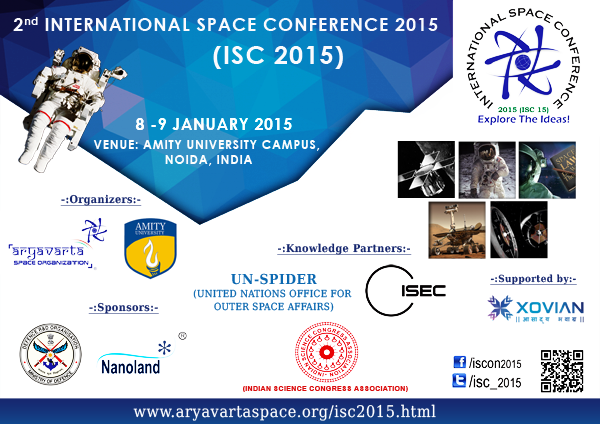



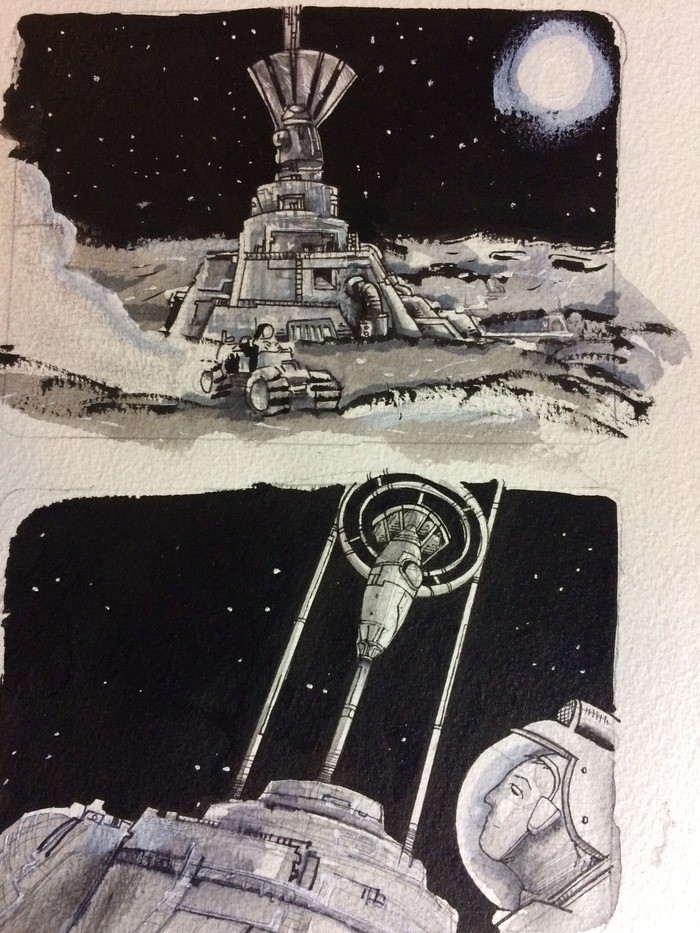
 The January, 2015 eNewsletter from the
The January, 2015 eNewsletter from the 
 It’s the holidays, family is in town and there are a few other things going on, so I’m taking a break from blogging.
It’s the holidays, family is in town and there are a few other things going on, so I’m taking a break from blogging. At the previous two
At the previous two 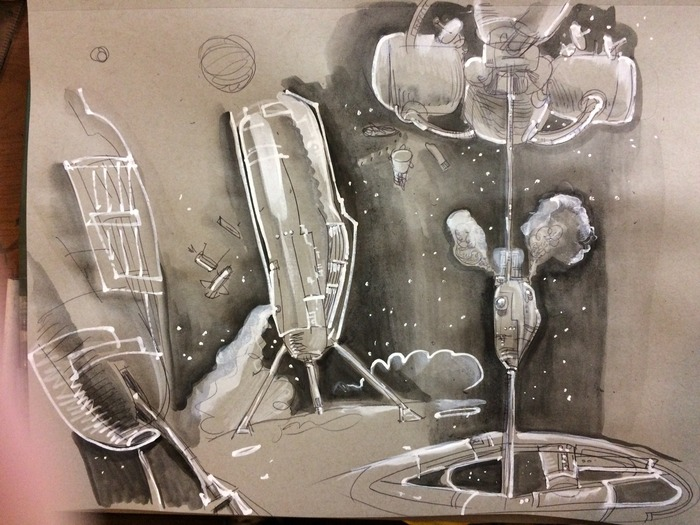
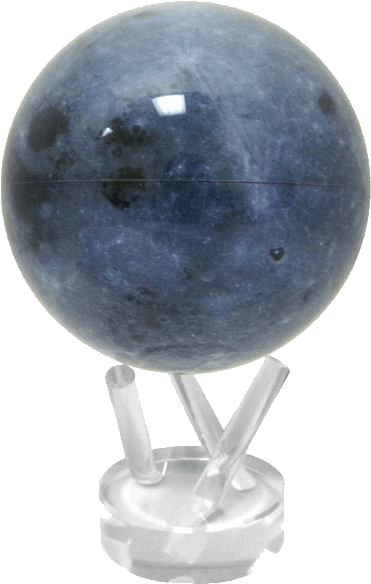
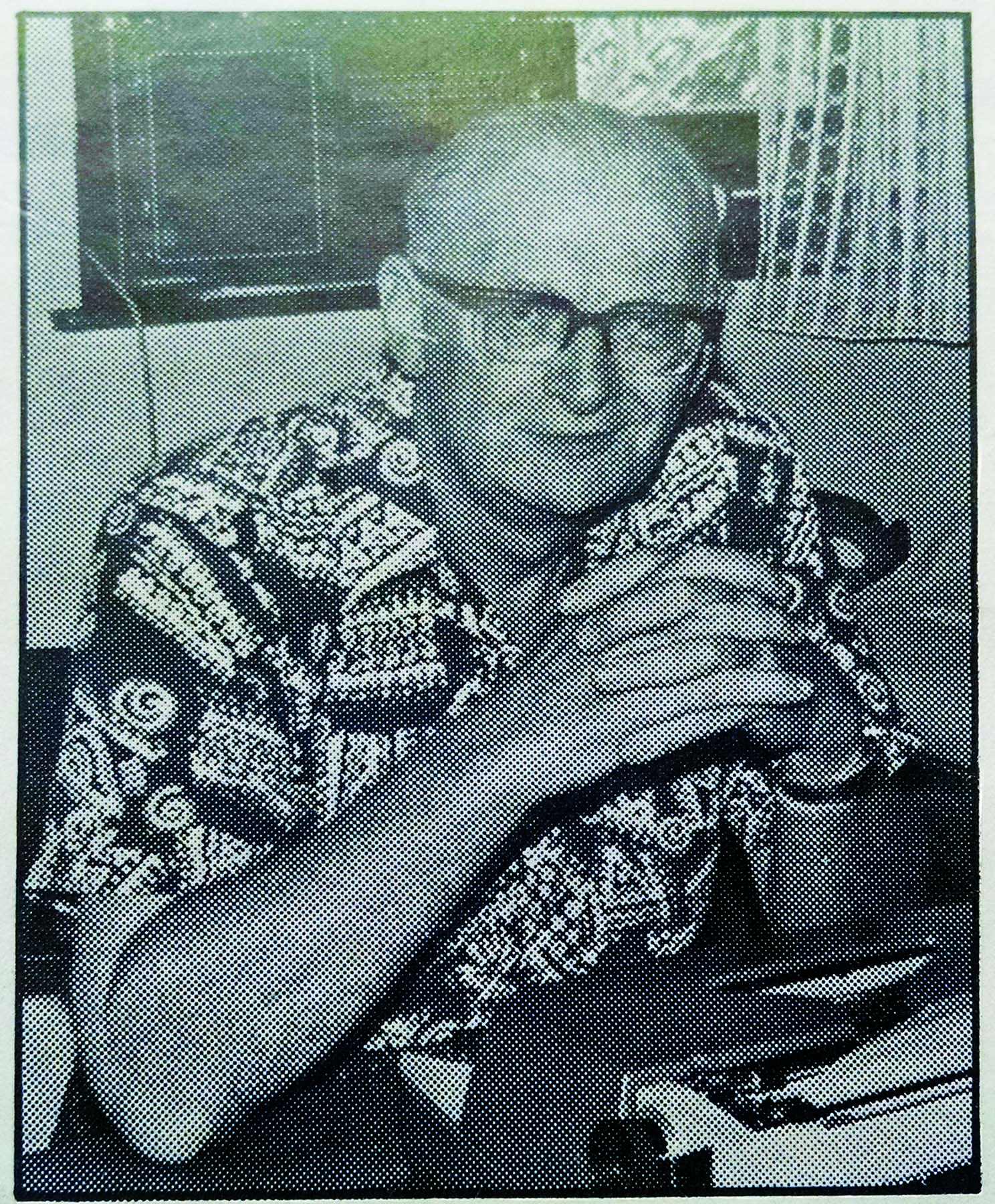
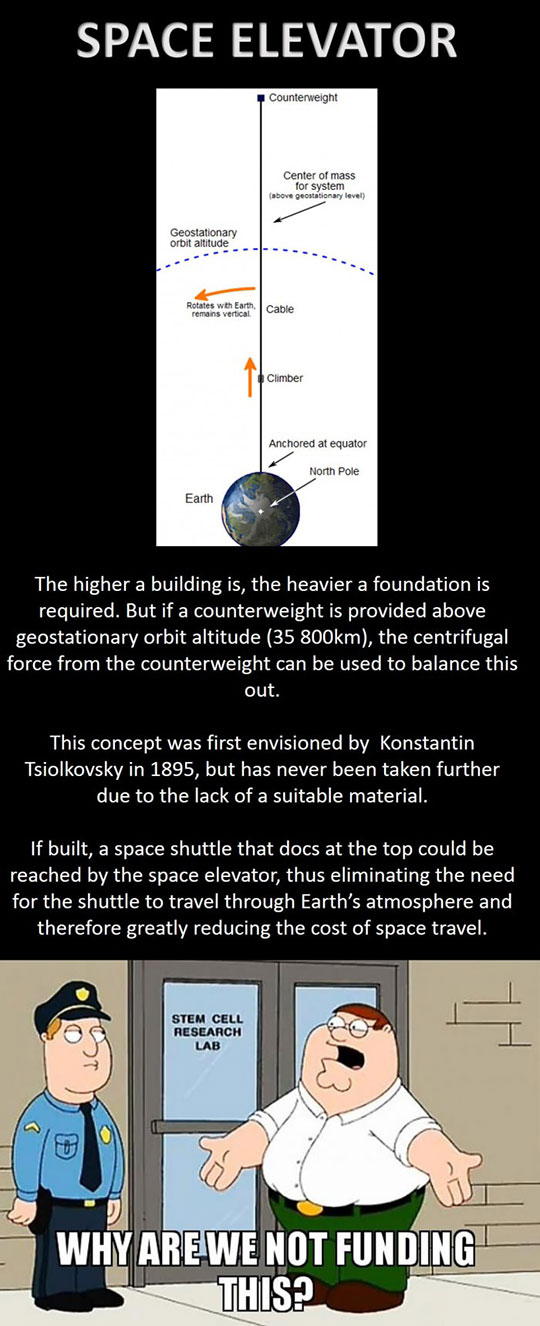
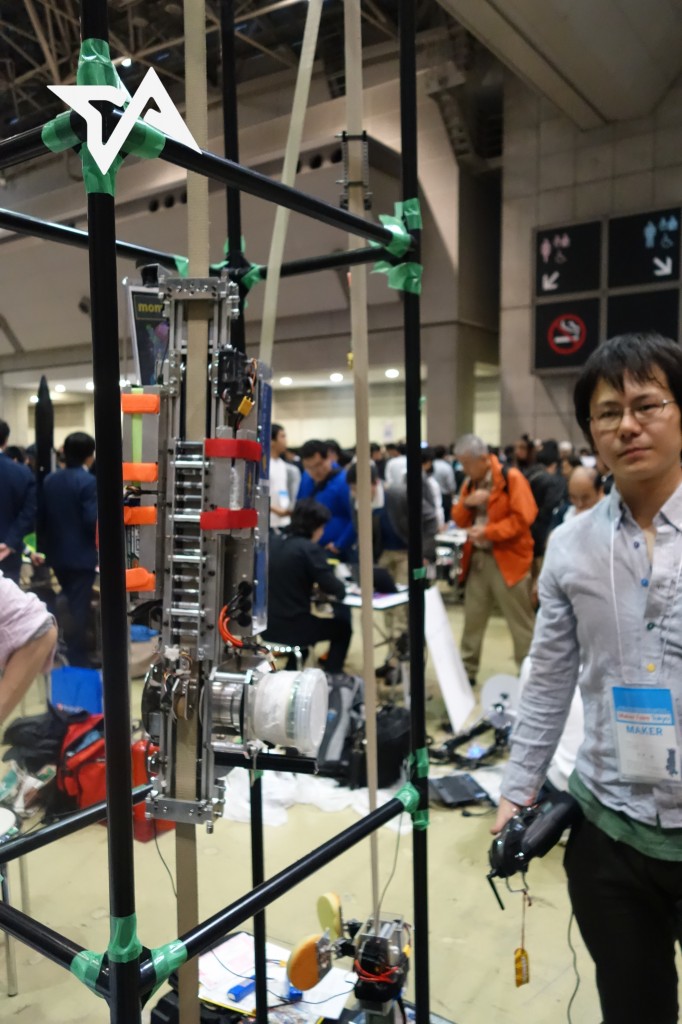
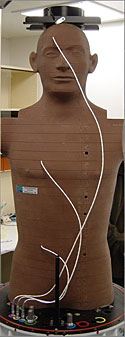

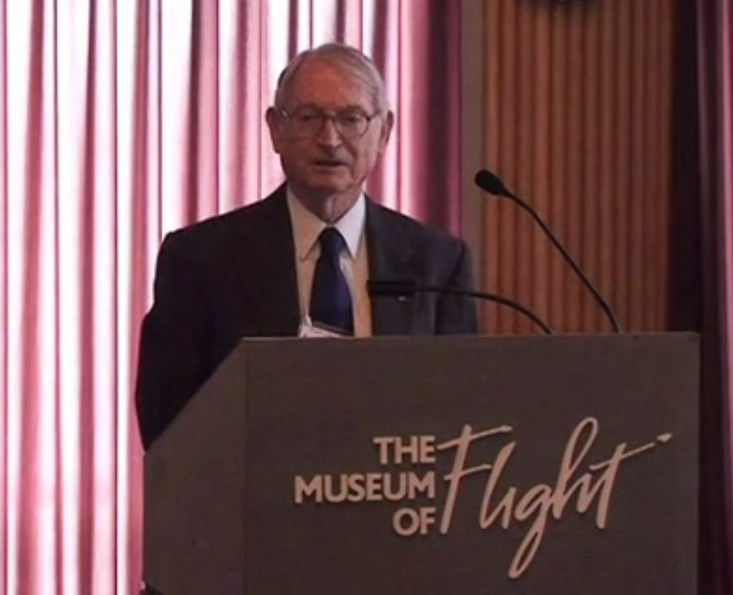
 I’ve got not one, not two, but THREE projects in the works for this blog.
I’ve got not one, not two, but THREE projects in the works for this blog.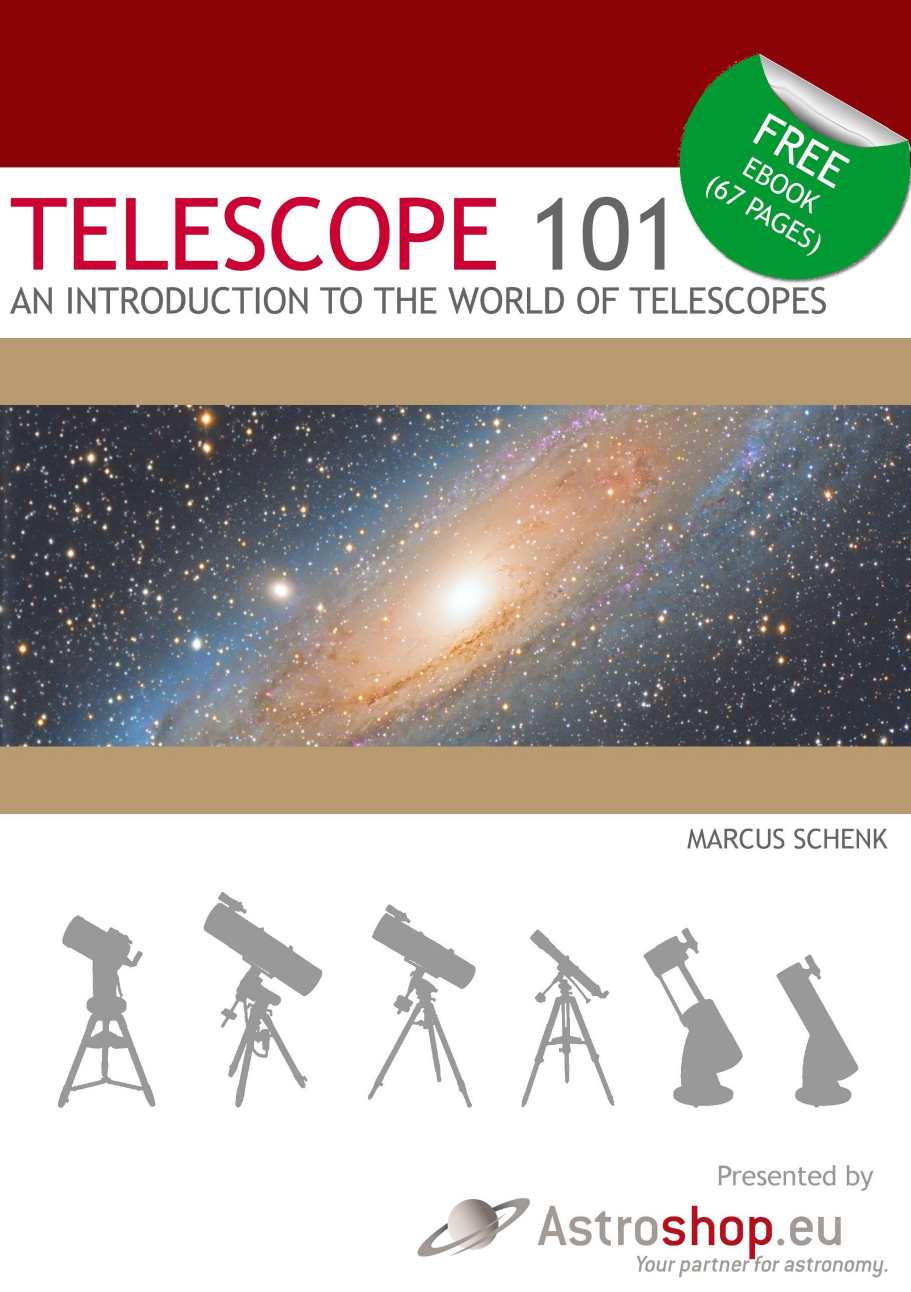
 Does SETI need to shut up? Speaking of what’s “out there”, I’ve always been interested in the
Does SETI need to shut up? Speaking of what’s “out there”, I’ve always been interested in the 
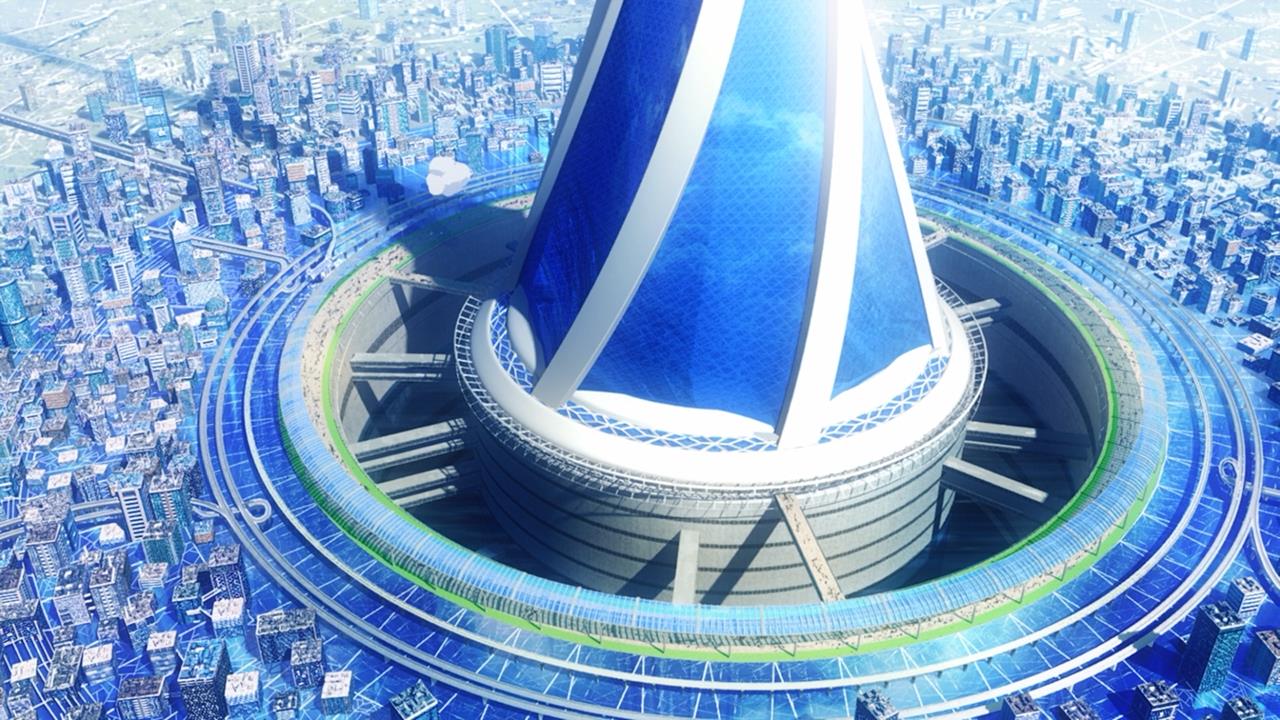



 The ISEC
The ISEC  In this Weekend Walkabout, we keep it simple but definitely not local.
In this Weekend Walkabout, we keep it simple but definitely not local.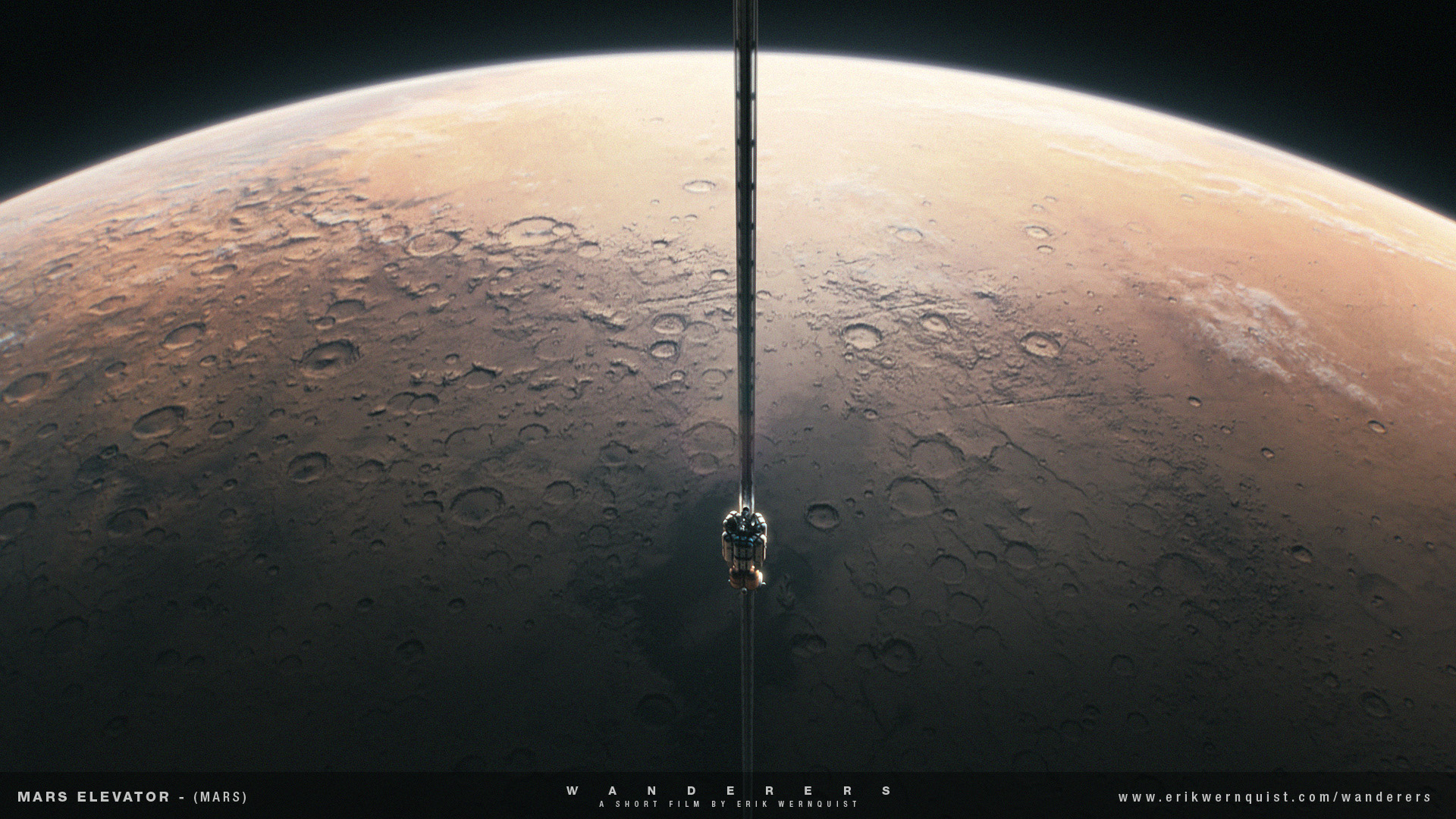
 This is cool… Reader Chris Hibbert has pointed me to a
This is cool… Reader Chris Hibbert has pointed me to a  Each year, the
Each year, the 


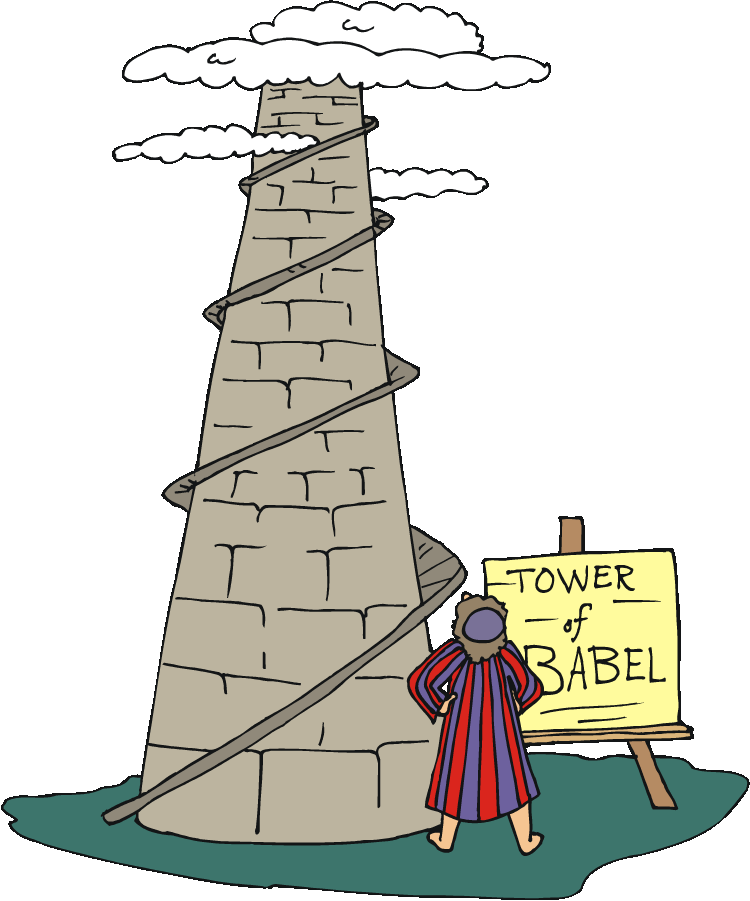 Many years ago, I started a Translation Project for this site. My idea was to find all of the translations for the English/American term “space elevator” and publish them here on this blog.
Many years ago, I started a Translation Project for this site. My idea was to find all of the translations for the English/American term “space elevator” and publish them here on this blog. Over the years, I have come across several sites around the web which host questions and answers regarding the space elevator. Many of these appear to be essentially fact-free and not worth the time visiting.
Over the years, I have come across several sites around the web which host questions and answers regarding the space elevator. Many of these appear to be essentially fact-free and not worth the time visiting.
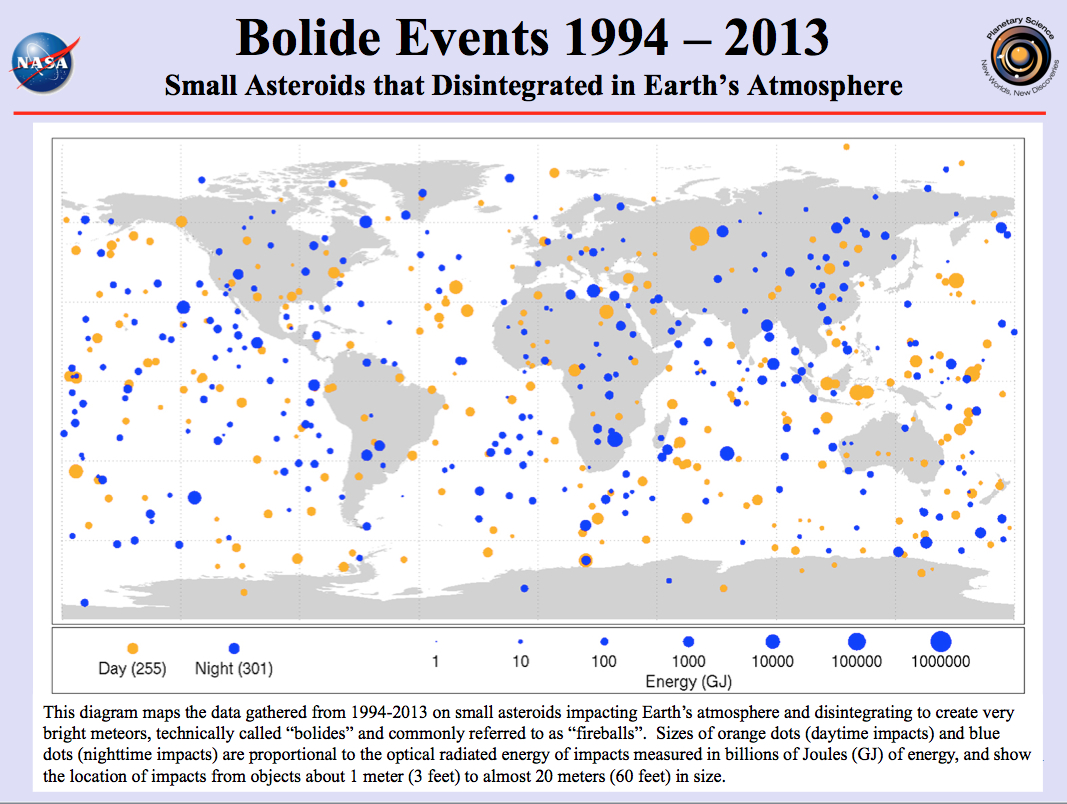

 ISEC has announced the
ISEC has announced the 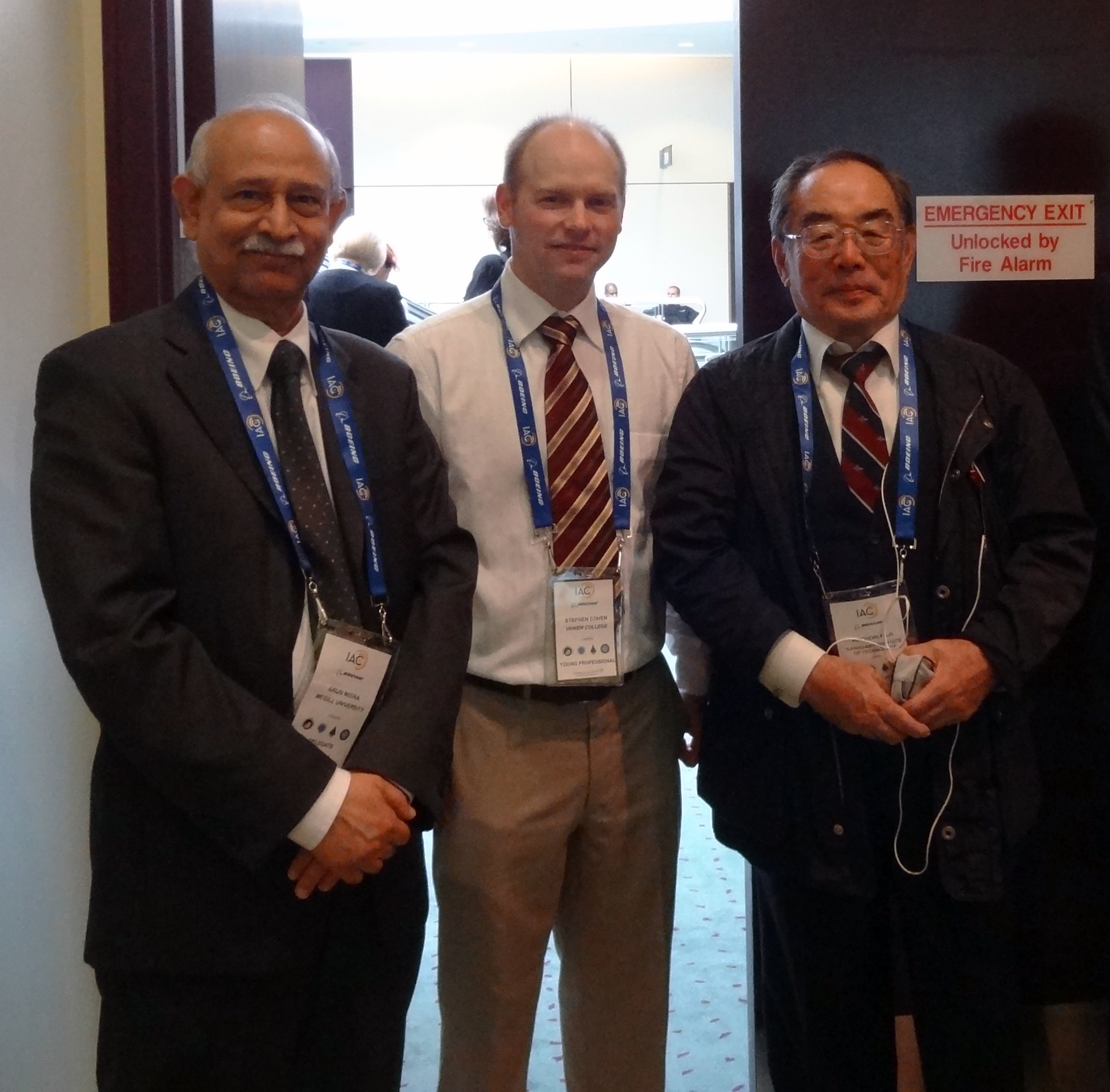
 I started this blog in April of 2006. At that time, blogging was still fairly new and pretty much state-of-the-art in terms of private individuals being able to opine about a topic on the Internet.
I started this blog in April of 2006. At that time, blogging was still fairly new and pretty much state-of-the-art in terms of private individuals being able to opine about a topic on the Internet. I probably should have done this long ago, but I confess I’m a bit of a dinosaur when it comes to Social Media. But it really is possible to (occasionally) teach an old dog new tricks and I’m happy to oblige.
I probably should have done this long ago, but I confess I’m a bit of a dinosaur when it comes to Social Media. But it really is possible to (occasionally) teach an old dog new tricks and I’m happy to oblige.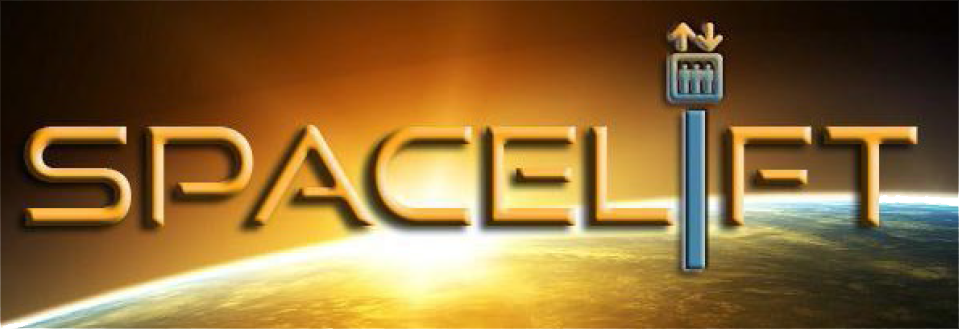
 Wikistrat
Wikistrat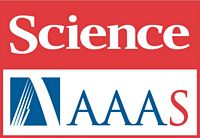 The American Association for the Advancement of Science (AAAS)
The American Association for the Advancement of Science (AAAS) 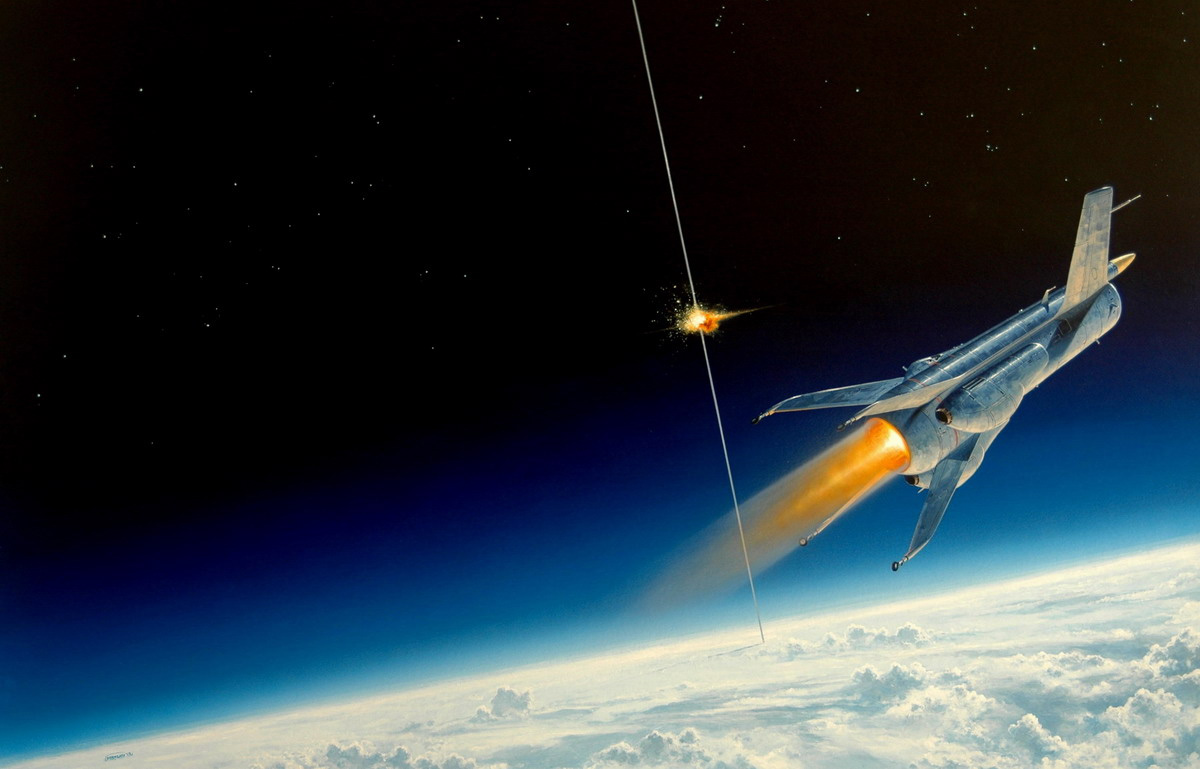
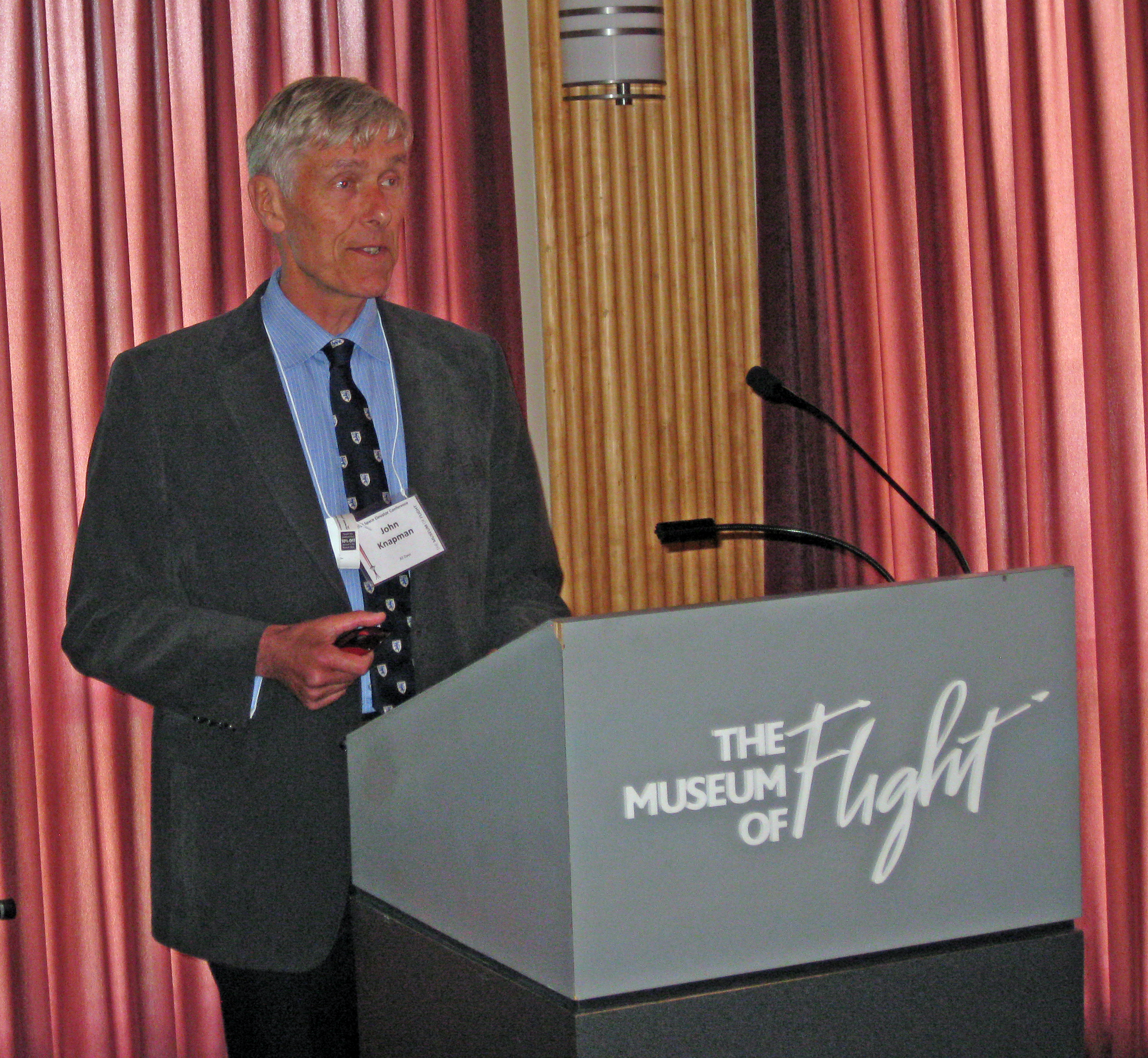
 The October issue of the ISEC eNewsletter has just been released to the ISEC email list. Lots of interesting articles in this edition including a summary of one of the mini-workshops from the 2014 ISEC Space Elevator Conference and a call for help with space elevator simulation tools.
The October issue of the ISEC eNewsletter has just been released to the ISEC email list. Lots of interesting articles in this edition including a summary of one of the mini-workshops from the 2014 ISEC Space Elevator Conference and a call for help with space elevator simulation tools.